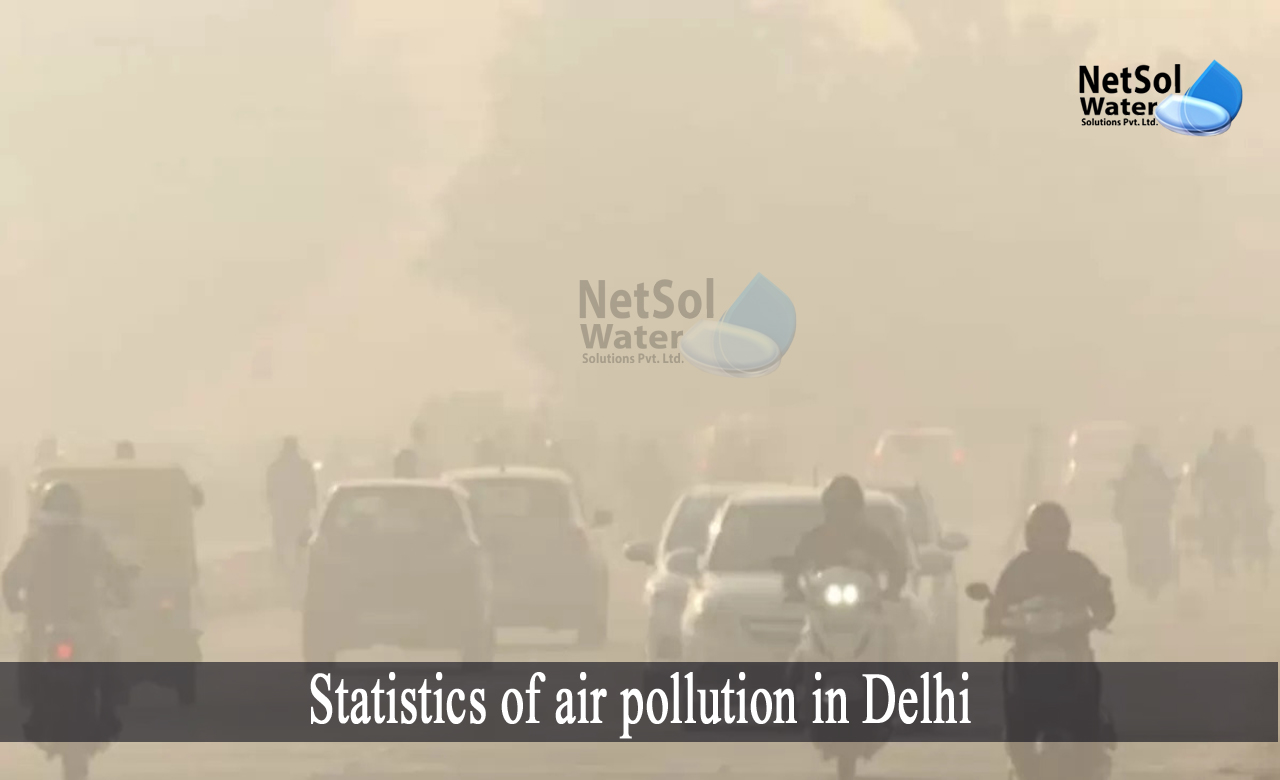What are the Statistics of air pollution in Delhi NCR 2022?
Delhi, India's capital has some of the worst levels of air pollution among any city in the country. The consequences are devastating, including increased particulate matter concentrations in the air (environmental), decreased life expectancy (health), and high costs incurred by the state to resolve the crisis (economic).
How Delhi became the most polluted city?
Delhi has earned the unenviable distinction of becoming the most polluted city, as air quality has reached epic proportions. On November 8, 2021, pollution levels reached 999, well above the upper limit of the worst category, Hazardous, according to some monitoring stations.

Sources of Air Pollution
Vehicle exhaust, heavy industry such as power generation, small-scale industries such as brick kilns, suspended dust on the roads due to vehicle movement and construction activities, stubble burning, open waste burning, combustion of fuels for cooking, lighting, and heating, and in-situ power generation via diesel generator sets, are the main sources of air pollution in Delhi.
Seasonal emissions from dust storms and open field fires during harvest seasons, exacerbate the problem. Extreme air pollution from these sources affects millions of people in densely populated areas, exposing them to thick, toxic smog for extended periods of time.
Key factors affecting Delhi's Air Quality
The city's landlocked geographical location, crop burning in neighbouring states (Punjab, Haryana, and Rajasthan), vehicular emissions, industrial pollution, and large-scale construction activities, are the primary causes of Delhi's alarming levels of air pollution.
What is the approximate PM-2.5 concentration in New Delhi?
The PM-2.5 concentration in New Delhi is 146 (g/m3). The World Health Organization (WHO) recommends a PM-2.5 concentration of 15 g/m3 for a 24-hour mean.
The concentration is 5.84 times the recommended limit. It is 9.7 times higher than the WHO recommended limit, for 24 hour air quality guidelines.

Is breathing in Delhi equivalent to smoking 50 cigarettes per day?
The airborne particles and toxic chemicals that make up the smog, have choked the 19 million residents of the metropolitan area, where simply breathing the air was, at its worst, equivalent to smoking 50 cigarettes in a day. Hospitals reported a 20% increase in pollution-related illnesses, and doctors declared a public health emergency in the past.
Air Quality Index

Conclusion
Delhi, a Union Territory that is home to India's capital, New Delhi, is one of the world's most polluted urban agglomerations. The scope of air pollution is enormous.
It has disastrous consequences for people's health, the city's environment, and economic well-being. Despite overwhelming evidence of the severity and consequences of air pollution, India's policy measures remain inadequate.
How can we assist?
Netsol Water is dedicated to offering practical solutions for air pollution, wastewater treatment and oraganic waste management, thus, safeguarding the world's most valuable resource, the air.
We provide biofilters, scrubbers, incinerators, and many more to control air pollution in Delhi, and other cities of India. For any further information or to make a purchase, please contact us at +91-9650608473 or email at enquiry@netsolwater.com



